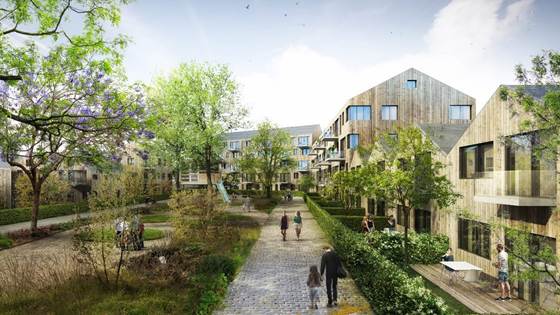
ZEN
- Research Centre on Zero Emission Neighbourhoods (ZEN) in Smart Cities

- Research Centre on Zero Emission Neighbourhoods (ZEN) in Smart Cities
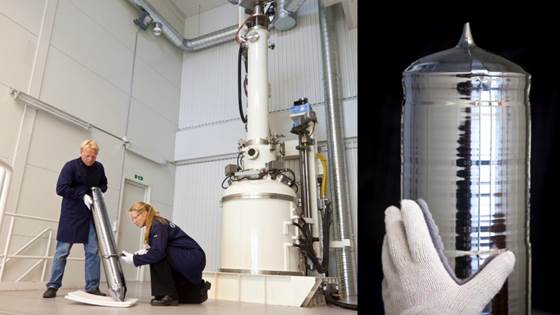
SUSOLTECH (Research Center for Sustainable Solar Cell Technology) is a Research Centre for Environment-friendly Energy Research. SUSOLTECH joins the leading Norwegian research groups in solar cell technologies with leading companies in the solar cell...
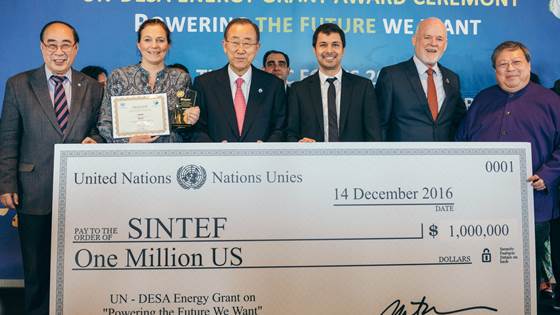
The project "Solar Fuelled Electric Maritime Mobility" by SINTEF seeks to demonstrate the feasibility and the social, economic and environmental benefits of solar-fuelled electric boat transport in Tunisia and the wider region.

State-of-the-art solar cells are efficient – but are even more so when they are kept clean. A cleaning robot developed by Norwegian researchers enables solar panels to deliver at full capacity. The objective of the project was to develop a self...

Flexibility in the future smart distribution grid
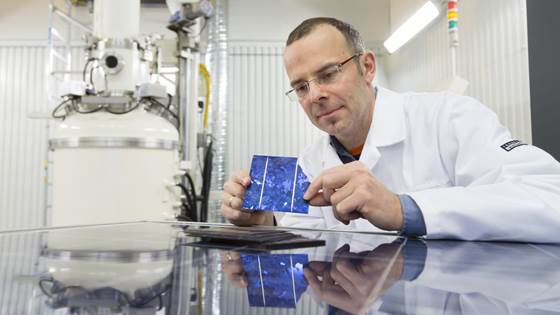
EcoSolar envisions an integrated value chain to manufacture and implement solar panels in the most ecologic way by maximising resource efficiency, taking into account reuse of materials during production and repurposing solar panel components at end...

CABRISS aims at pioneering a circular economy dedicated to handle the critical situation of recycling the important amount of photovoltaic waste and benefiting also to electronics, metallurgy and glass industries.

SINTEF has recently developed a method to produce 3-dimensional nanostructures of silicon and aluminum, nano-wires and nano-tunnels, using the self-organizing tendency of these two materials. These structures can potentially increase the efficiency...

The Research Centre on Zero Emission Buildings
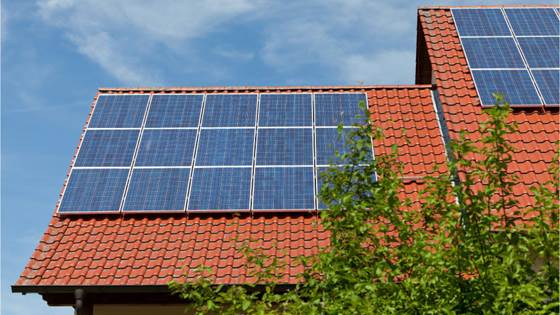
Contribute to a cost efficient integration of the increasing number of prosumers in the distribution grid.

The main goal of SunSiC is to introduce intermediate band materials as a basis for novelhigh-efficiency single junction multiple band gap solar cell technology in Norway. This is a “New Concepts” researcher project funded by the EnergiX program in...
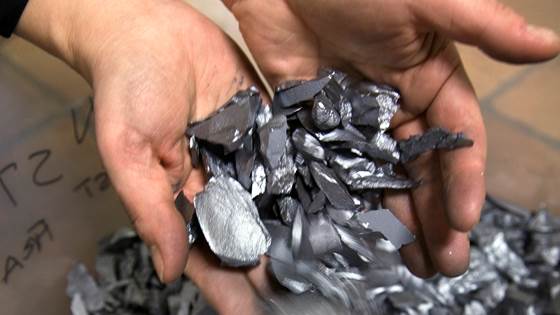
Photovoltaic solar energy is recognized as one of the most promising future sustainable energy sources. Multicrystalline silicon solar cells represent the most cost effective alternative. In this type of solar cells crystal defects and impurities are...

The project har developed an automatic event analysis software(AHA).
The NanoPV project aims at making a breakthrough step-change in photo-voltaics by the removal of a set of bottlenecks which have been identified to block the application of nanostructures for high-efficiency, low-cost solar cells. The bottlenecks...

The ThinSi project will develop a solar cell processing chain for high throughput, cost-effective manufacturing of thin film silicon based solar cells on low-cost silicon substrates. The substrates will be made on the basis of an innovative powder-to...
The resistance at the metal contact-semiconductor interface and recombination at the passivating layer-semiconductor interface are two important bottlenecks for improving the performance of current solar cells. These processes are quantum mechanical...
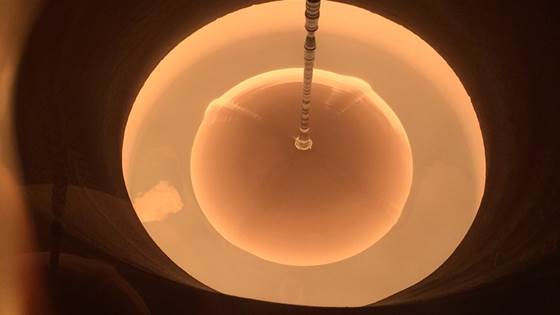
The proposed Centre will contribute to increasing the cost-competitiveness of the PV industry in general, thus enabling the Norwegian PV industry to further improve its strong global position. In order to achieve world-class research and innovation...